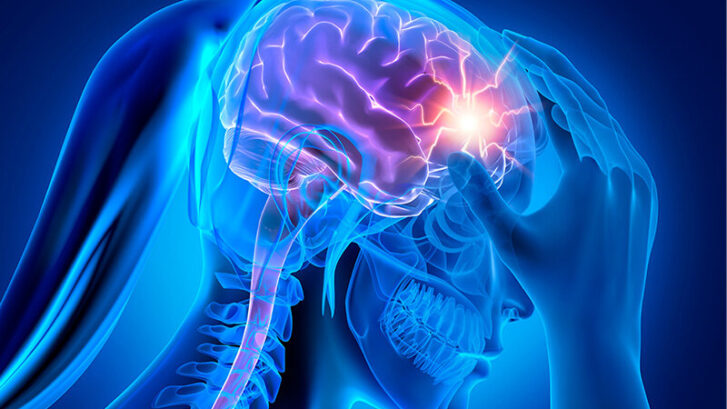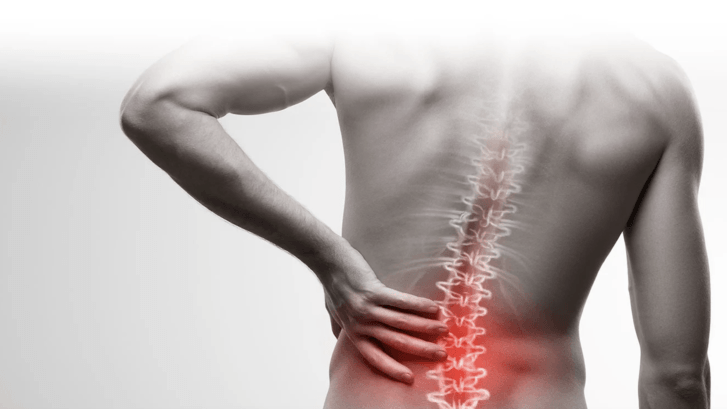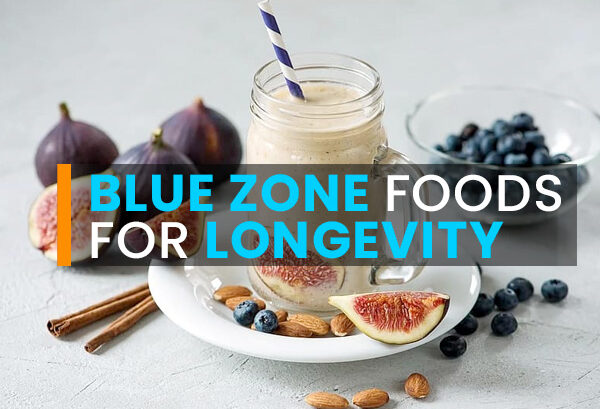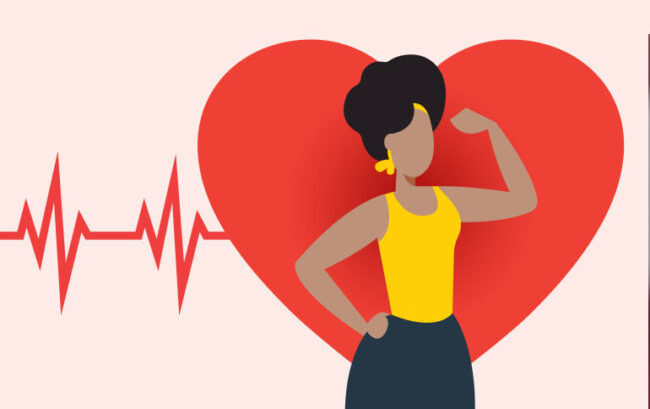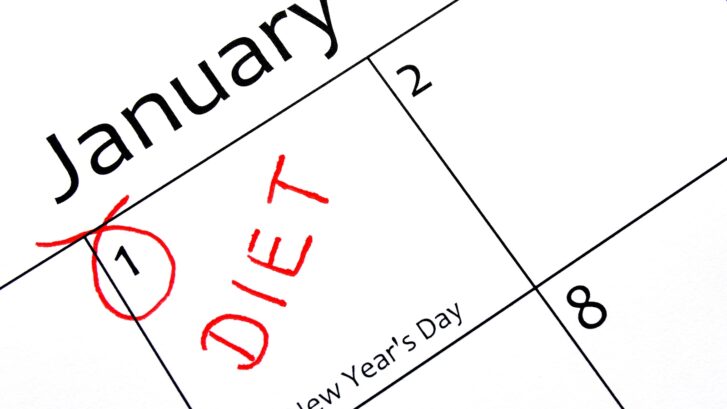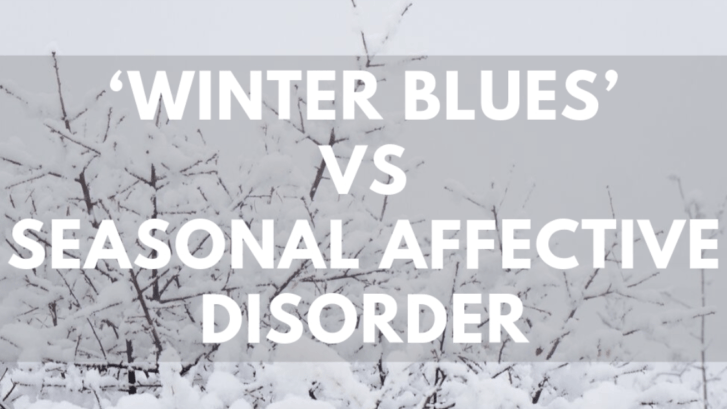What to Know About the Newest Migraine Drug
Our primary care concierge doctors in Jupiter have a great deal of sympathy for our patients who suffer from migraines. It can be a debilitating condition and is often difficult to treat. So we welcome any new drug that can help relieve the pain.
The latest such treatment is a new nasal spray that the U.S. Food and Drug Administration (FDA) approved earlier this month. In a clinical trial, the drug was found to provide relief from migraine pain in as little as 15 minutes.
According to health experts, nearly 40 million Americans suffer from migraines.
“They often interfere with daily functioning, keeping patients away from their work and unable to enjoy time with their loved ones,” neurologist Leah Croll at the Lewis Katz School of Medicine at Temple University, told ABC News.
“The faster we can bring relief to people suffering from a migraine attack, the sooner we can give them back that lost time,” she said.
What is a Migraine?
A migraine is not technically a headache, but a neurological disorder that includes a constellation of symptoms, with a painful, long-lasting headache at the center. Its main symptom is a severe throbbing pain or pulsing sensation in the head, which feels like a very bad headache, usually on one side of the head, but in a third of migraine attacks, both sides are affected.
It is often—but not always—preceded by what is known as an “aura,” strange tricks of vision that can encompass anything from a blind spot in the vision to flashing or shimmering lights to wavy or zigzagging lines.
Migraines are also usually, but not always, associated with such symptoms as nausea, vomiting, and extreme sensitivity to lights and noises, and can also include a pins-and-needles sensation in the arms and legs or a weakness or numbness on one side of the face or body.
One or two days before the onset of a migraine, patients often experience subtle body signals (called “prodrome”) that can alert them to an upcoming migraine. These changes can include neck stiffness, constipation, increased thirst and urination, food cravings, frequent yawning, and mood swings from depression to euphoria.
It is also possible to have many migraine symptoms, especially the aura, without a headache. The primary signs of a migraine, however, are the extreme incapacitation associated with the headache pain involved.
The Nasal Spray Advantage
According to the National Institute of Neurological Disorders and Stroke, migraines are caused by the activation of nerve fibers in the wall of brain blood vessels.
Calcitonin gene-related peptide (CGRP) is a chemical messenger in the brain that controls pain and inflammation. The newly approved drug, Zavzpret, works by blocking CGRP’s pain signals, according to its maker Pfizer.
Pfizer says Zavzpret (generic name “zavegepant”) is the “first and only” CGRP nasal spray for treating migraines with or without an aura. A March study published in the journal Lancet found the drug began working to treat symptoms in as little as 15 minutes, offer normal functioning in 30 minutes, and provided some relief for up to 48 hours for 24 percent of migraine sufferers.
The rapid relief Zavzpret provides offers an advantage over existing oral treatments, Dr. Emad Estemalik, a headache specialist at the Cleveland Clinic, told NBC News.
“A lot of patients, when they have migraines, they’re throwing up, for instance, so they may not be able to hold oral medication,” he said. “That’s where an intranasal comes as an advantage.”
Kate Mullin, a board-certified neurologist at the New England Institute for Neurology and Headache who helped conduct the trial for Pfizer, explained to ABC News that at least 60 percent of migraine sufferers also experience nausea, making it difficult to swallow pills.
“You can’t absorb oral medications when you’ve got what’s called gastroparesis of migraine,” she said.
“Your gut pretty much falls asleep and is not in a place to absorb mediations effectively for many migraine sufferers,” she added. “A nasal spray helps bypass the gut altogether to optimize absorption.”
Some Reservations
As with all drugs, of course, there are side effects to Zavzpret.
The FDA listed the following side effects reported by participants during the clinical trial:
- taste disorders (18 percent)
- nausea (four percent)
- nasal discomfort (three percent)
- vomiting (two percent)
Still, those who treat migraines welcomed the addition of the new drug to the migraine arsenal.
Elizabeth Kraus, Phar.D., Neurology Clinical Pharmacy Specialist at Corewell Health, told Prevention that while she’s not overly impressed with the 24 percent success rate, Zavzpret may be better for those whose migraines tend to progress rapidly, those who don’t do well with oral medications, and individuals who struggle with severe nausea.
Amit Sachdev, M.D. M.S. medical director in the Department of Neurology at Michigan State University told Prevention that he, too, wasn’t happy with the 24 percent success rate.
“I would like to see a more broad effect, but the current trial results wouldn’t keep me from thinking of this medication [for patients],” he said.
Kraus concurred.
“If I can give someone something that will act fast and have a more lasting effect . . . That’s what I care about,” Kraus said.
The new drug is expected to be released in July of this year.

